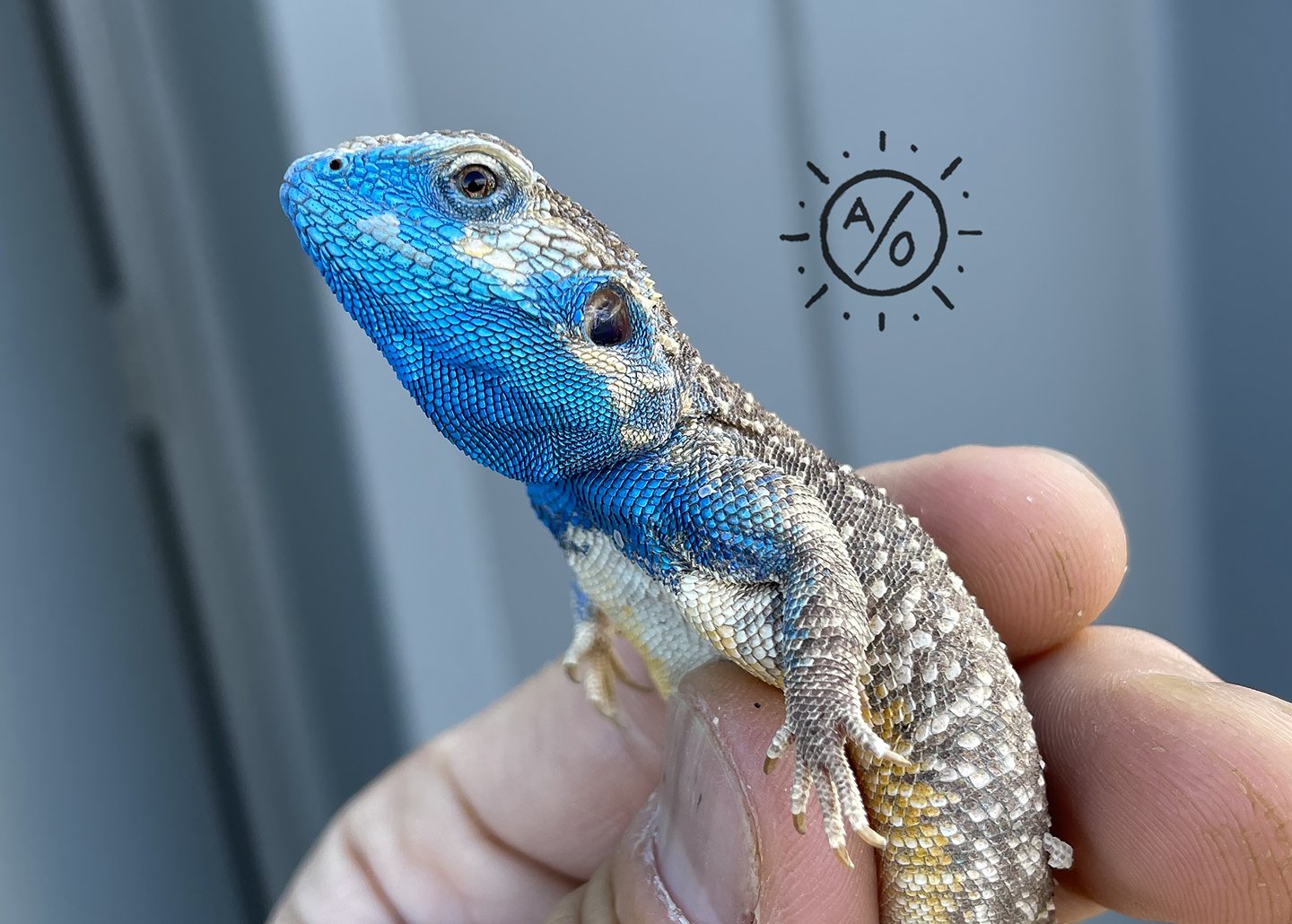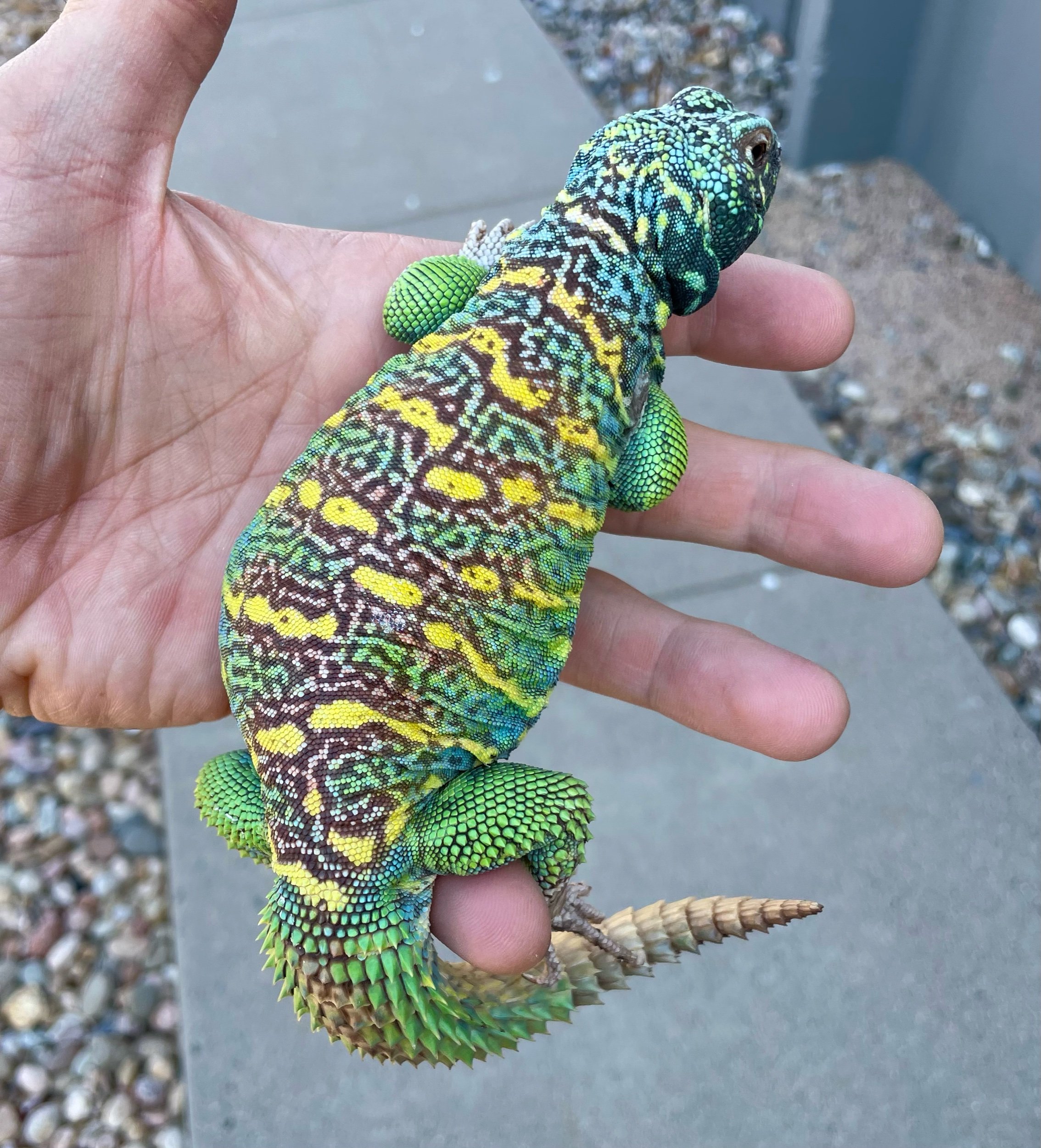Welcome to Arids Only
Arids Only exists to elevate Herpetoculture into an intentional, thoughtful practice—rooted in ecological literacy, evolutionary insight, and deep respect for the animals in my care. I specialize in rare desert reptiles by not just replicating nature, but to engaging with it—through ethical breeding, environmental design, and long-term observation. Herpetoculture, to me, is cognitive craftsmanship: a slow art of tuning light, heat, space, and time. It’s fieldwork, philosophy and design woven into daily ritual. Through my animals, content, and community, I promote a culture of truth, transparency, and long-term thinking. At Arids Only, I’m cultivating new ways of seeing Herpetofauna.
Follow us on Instagram at @AridsOnly and on Facebook!
Join me on Patreon for exclusive member benefits!
I have been specializing in keeping and breeding Uromastyx for the last 15 years. These wonderful reptiles are still somewhat new to U.S. Herpetoculture. I am working diligently to make them not only more common but also to improve their baseline level of well being within our young industry.
The demand for these animals is very high and production of them is slow and challenging. The animals breed just once a year (assuming they are not taking a year off to rest) and young take at least 3 years to reach maturity. The amount of daily work involved in keeping these animals healthy is massive. Holidays don't exist when you work with animals as they need my care every single day of the year.
Supporting captive breeding efforts ensures the long term survival of these animals within U.S. Herpetoculture and it helps slow or stop the importation of these lizards from the wild. Subscribing here supports me in this effort and supports my work consulting with all those that follow/engage with my efforts.
Reptile Systems Eco-Halogen Bulbs: The Game Changer Your Reptiles Deserve
The BEST Basking Bulb for Reptiles?
Reptile Systems Eco-Halogen Bulbs are the future of basking bulbs!
Herpetocultural Consulting
with Phillip Lietz
At Arids Only, I’m dedicated to helping you succeed in herpetoculture—whether you’re a private keeper, hobbyist breeder, zoological institution, or a startup building your herpetoculture business. With years of experience and a passion for solving problems, I provide tailored solutions that eliminate obstacles, streamline operations, and drive success.

















